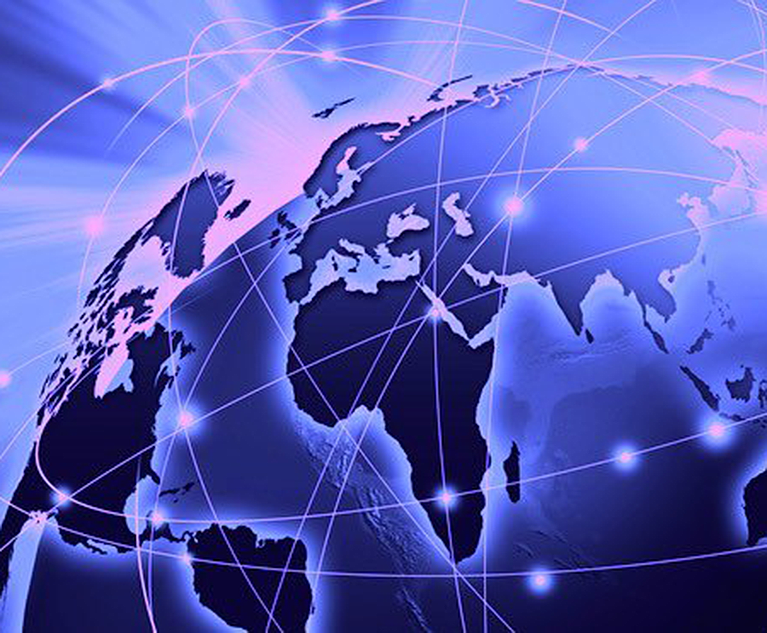Historians have often divided the history of globalization into three time periods Globalization: 1.0, 2.0, and 3.0. Globalization 2.0 (1800-2000) is of particular interest, as it began after World War II when a new era of globalizing businesses was born. In an effort to cut costs and also expand into new markets, organizations readily deployed their human capital assets all over the world, to an unprecedented degree. While there was some regulatory red tape, mostly it was a financial and operational efficiency issue. However, since the 2008 economic crisis in particular, there has been a rapid growth in government regulations that have been erecting all sorts of obstacles to moving people across borders, forcing mobility — organizations’ deployment of their human capital assets — into a much more board-level strategic sphere. For example, in 2010 the US implemented FATCA, where American citizens living abroad must pay US taxes regardless of who they work for or who they do business with abroad. Needless to say, other countries have followed suit. In addition, starting in 2017 the US immigration policy significantly tightened, making legal immigration much more difficult to obtain and increasing the denial rate on new H-1B petitions for high-skilled foreign nationals, at a time when many companies cited obtaining talent with key skill sets as their number one challenge. Also in 2020, with the formal withdrawal of the UK from the EU, Brexit further complicated the movement of employees cross-borders. With this dramatic shift in laws and regulations, organizations were subject to new risks and service delivery strategies suddenly became a high-level priority.










